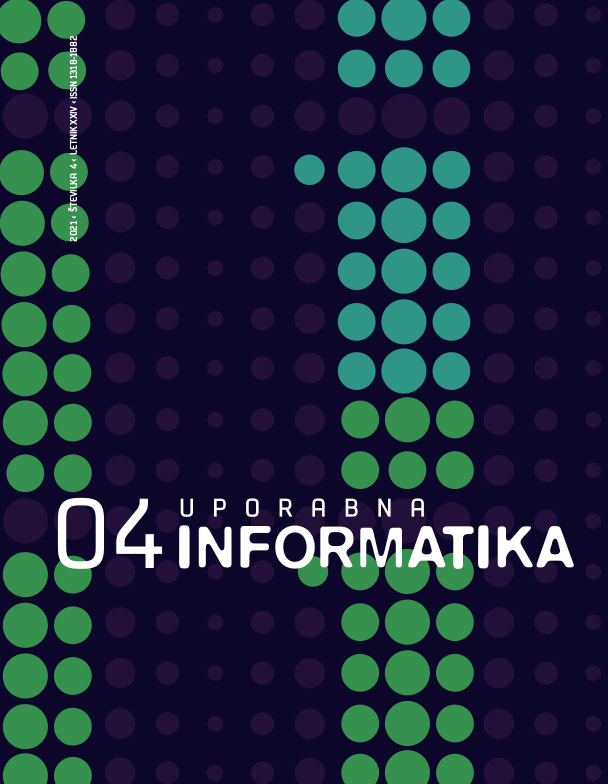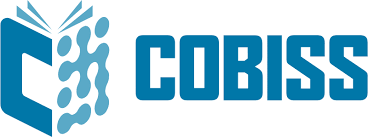Image-to-Image Translation as a Pretext for Unsupervised Detection of Cancerous Regions in Histology Imagery
DOI:
https://doi.org/10.31449/upinf.136Keywords:
anomaly detection, unsupervised learning, deep-learning, generative-adversarial-networks, image-to-image translation, digital pathologyAbstract
Detection of visual anomalies refers to the problem of finding patterns in different imaging data that do not conform to the expected visual appearance, and is a widely studied problem in different domains. Due to the nature of anomaly occurrences and underlying generating processes, it is hard to characterize them and obtain labelled data. Obtaining labelled data is especially difficult in biomedical applications, where only trained domain experts can provide labels, which are often diverse and complex to a large degree. The recently presented approaches for unsupervised detection of visual anomalies omit the need for labelled data and demonstrate promising results in domains where anomalous samples significantly deviate from the normal appearance. Despite promising results, the performance of such approaches still lags behind supervised approaches and does not provide a universal solution. In this work, we present an image-to-image translation-based framework that significantly surpasses the performance of existing unsupervised methods and approaches the performance of supervised methods in a challenging domain of cancerous region detection in histology imagery.Downloads
Published
2021-12-21
How to Cite
[1]
Štepec, D. and Skočaj, D. 2021. Image-to-Image Translation as a Pretext for Unsupervised Detection of Cancerous Regions in Histology Imagery. Applied Informatics. 29, 4 (Dec. 2021). DOI:https://doi.org/10.31449/upinf.136.
Issue
Section
Short scientific articles






